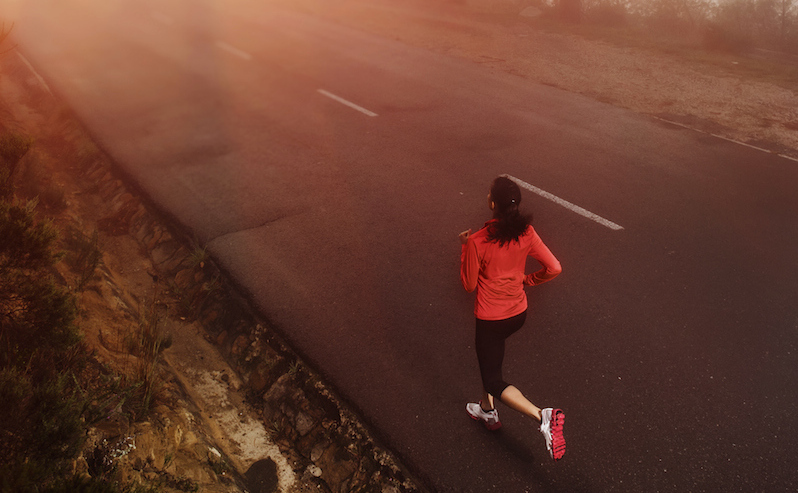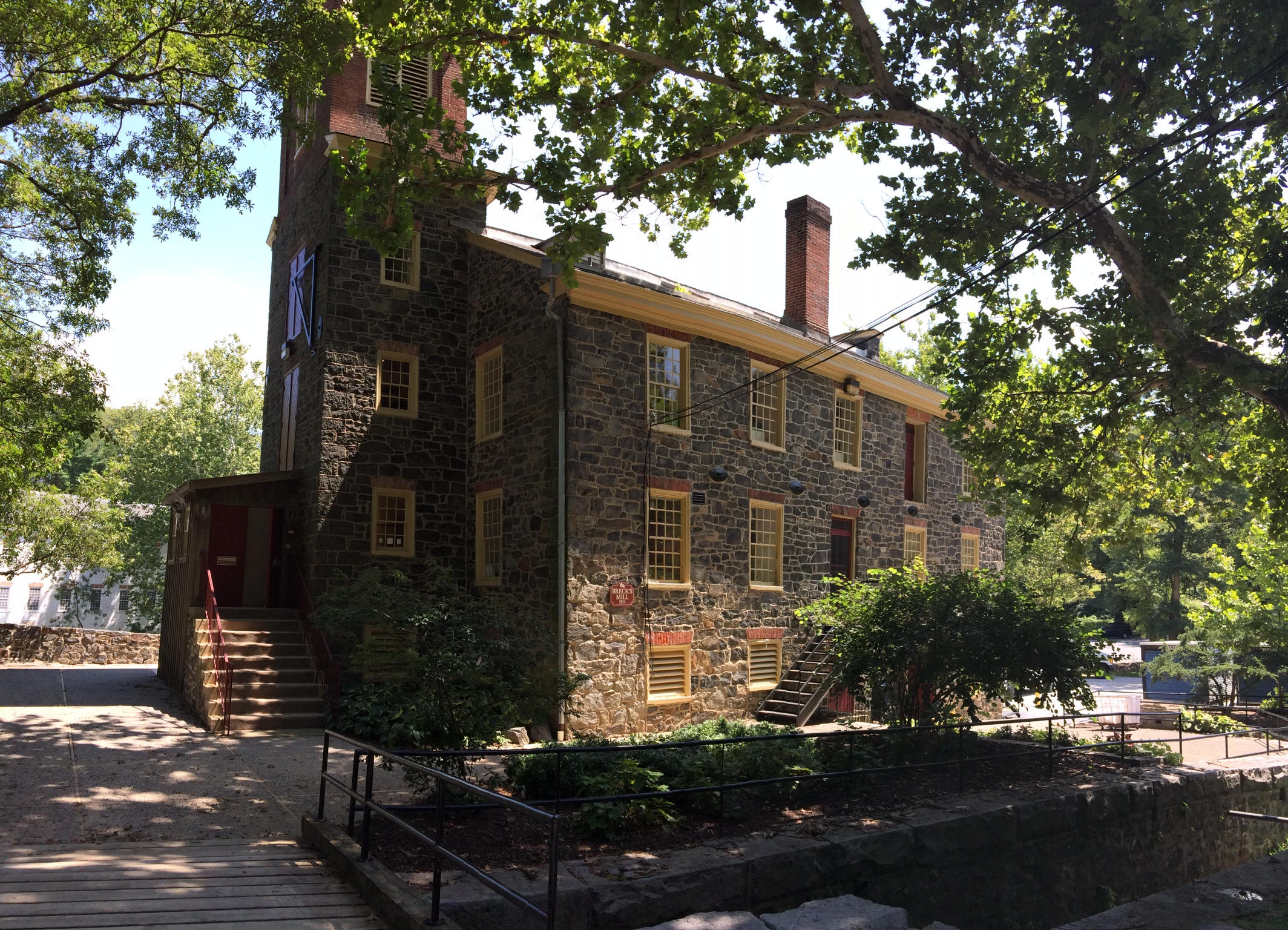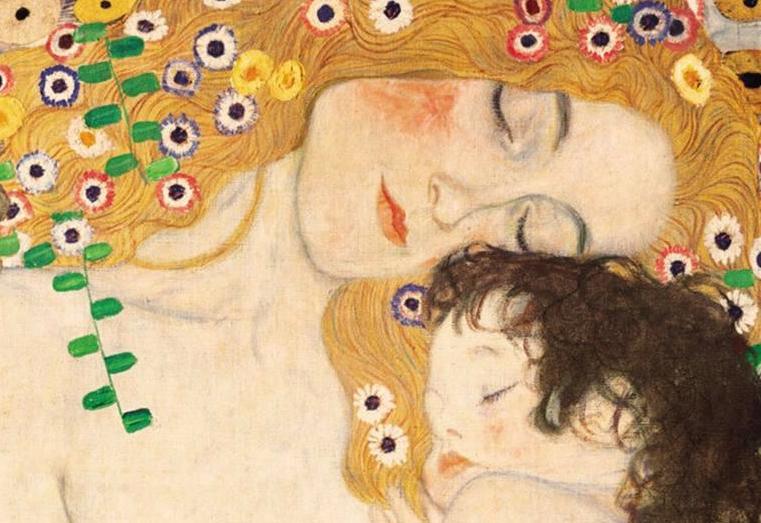Lacing Up My Running Shoes For My Morning Blog

Almost every morning, as the sun is beginning its ascent into the sky, I lace up my running shoes, stretch, and bound out the door. A feeling of contentment sets in immediately—not the fabled “runner’s high” or anything as dramatic as that—just a sense of calm and happiness, a transcendence over my daily milieu. Maybe it is the simple act of movement that makes me feel more alive, as I pump my arms and move my feet, breathing and transporting myself step-by-step through wooded trails, grassy hills, cityscapes or sleepy towns. Or perhaps it is a primordial reaction of sorts, my body moving as it was intended to move, Homo sapiens distinguishing herself from her primate ancestors by walking erect and then running, after her prey or away from her predators. It could also be the simple fact of increased circulation, a temporary surge of oxygen-rich cells reaching the recesses of my grey matter.
Whatever the reason, as I enter this physical state, my mental state begins to wake up and roam freely. The caffeine I consumed an hour earlier may be the catalyst, but the real reason for my mind’s exploration is the fact that it is blissfully unoccupied. There are no televisions blaring in my ears, no social media pages flashing before my eyes, and no teenagers asking me where their football jersey could be. My thoughts begin to wander to varying and random subjects. Often they get stuck on a particular subject and begin to analyze, dissect, and elaborate on that subject, as if I were attempting to persuade some illusive audience.
Most people would assume that this happens to me because I was trained as an attorney. Law school teaches you to approach problems with the “IRAC” method; i.e., identify an issue, determine the correct rule(s) to apply; analyze how the rule(s) apply to the issue, and then reach a sound legal conclusion. But I know that my legal education is not the reason, because I experienced the same mind-meanderings-evolving-into-subject-specific-analysis when I ran as a teenager. As a teenager thirty years ago, or today as a forty-eight year old, one morning I might analyze something as lofty as peace in the Middle East or improving public education, or my thought process might dwell on something more pedestrian, such as the pros and cons of brining my Thanksgiving turkey or manual versus automatic transmission in the purchase of a new car.
Recently, I realized what my brain had been doing all along while my body was jogging. I did not recognize it or have a name for it, because I had not yet been exposed to or become familiar with that term that is a combination of the words “web” and “log,” and which describes the brief but often detailed discussion of one subject as a periodic entry on a web site. Yes! Now I know what my brain was doing all along during my morning runs. It was blogging.




